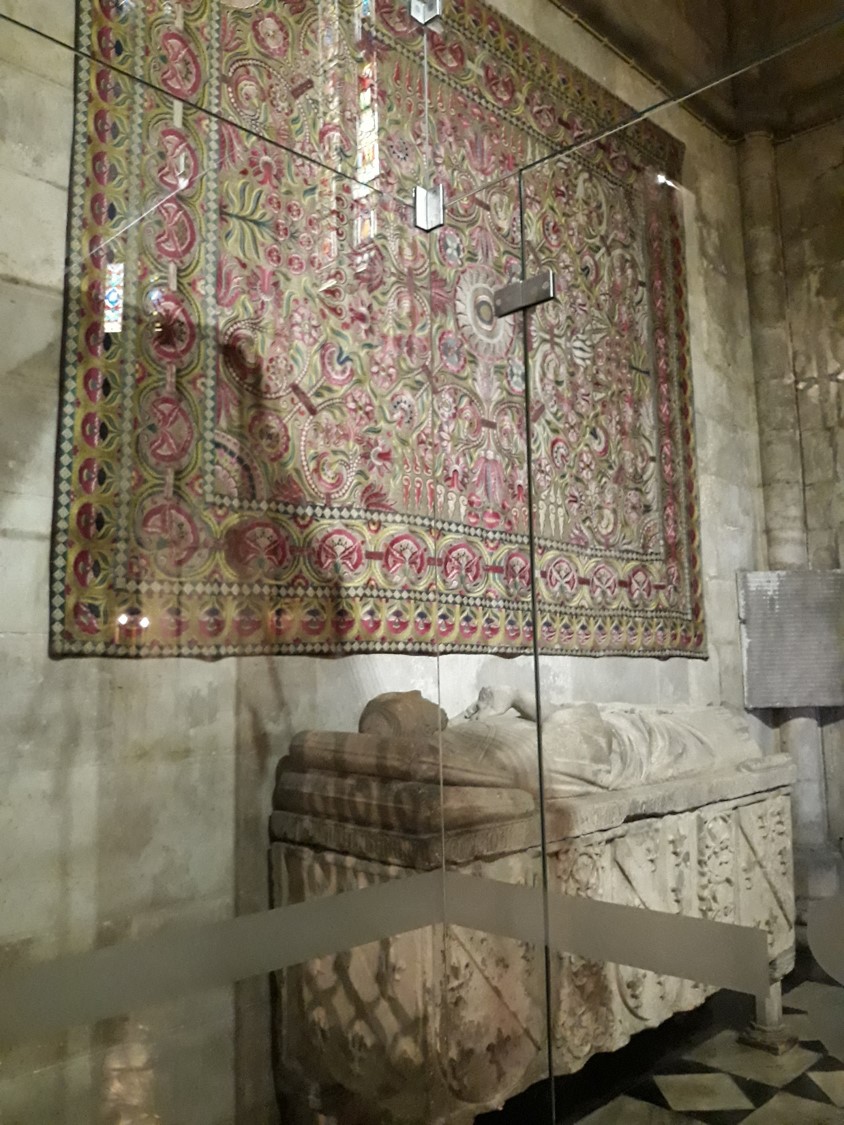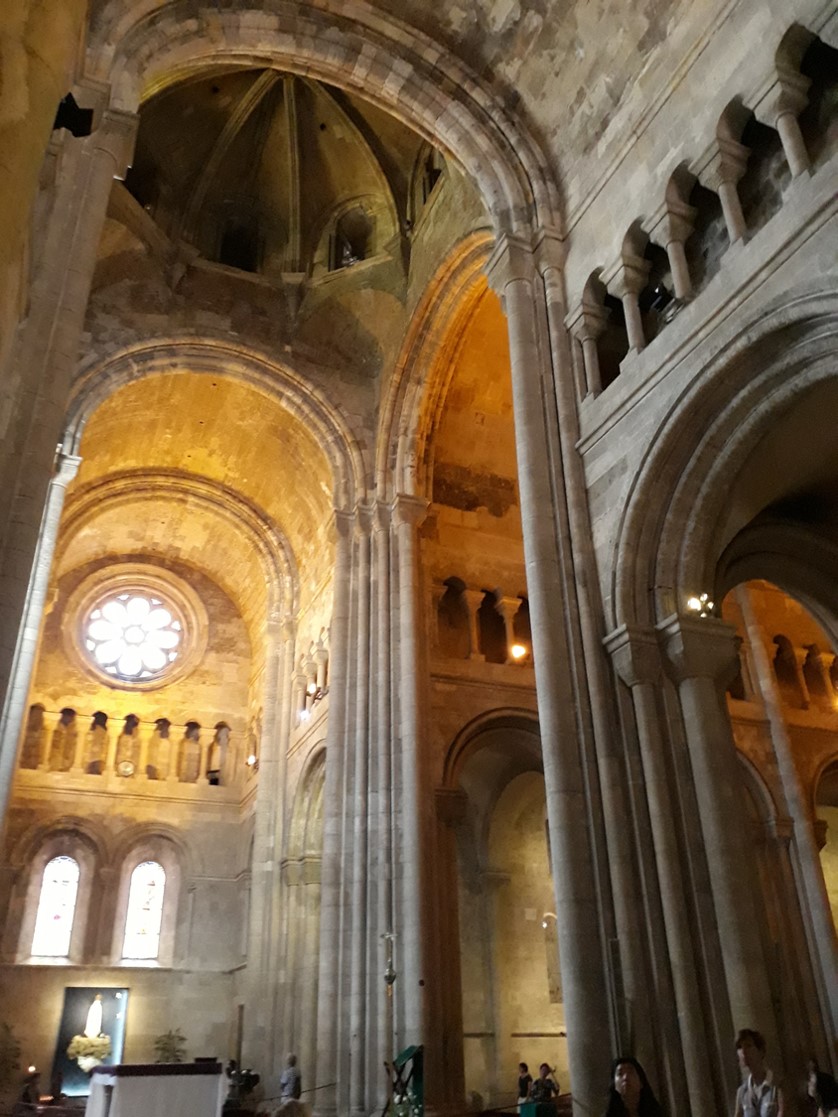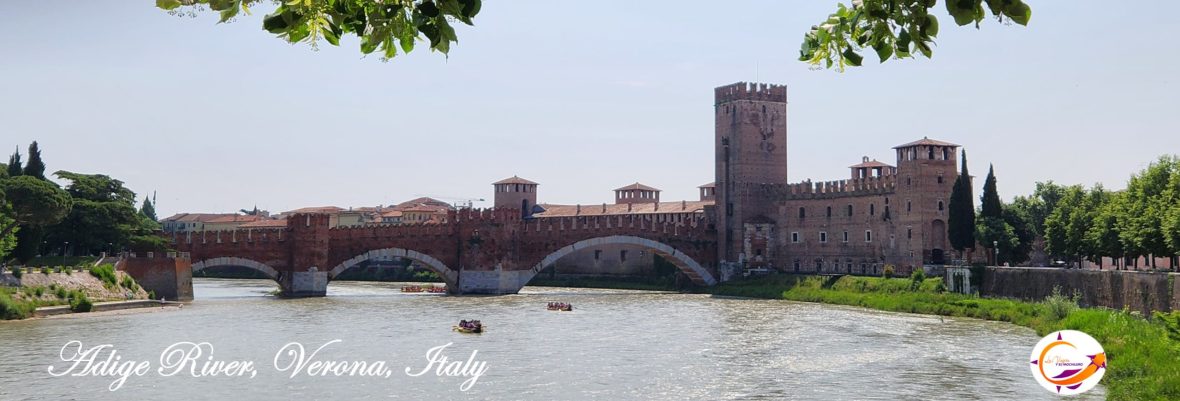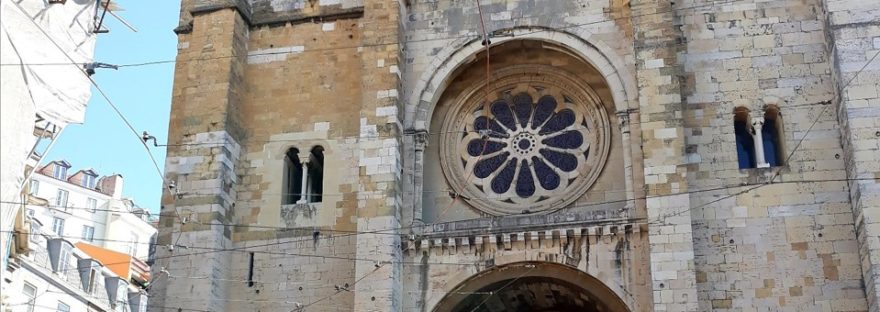 The Church of “Santa Maria Maior” or Patriarchal “Sé” of Lisbon, is one of the oldest and most important temples of the capital of Portugal. In addition to being one of the oldest cathedrals in Europe with nine centuries of history.
The Church of “Santa Maria Maior” or Patriarchal “Sé” of Lisbon, is one of the oldest and most important temples of the capital of Portugal. In addition to being one of the oldest cathedrals in Europe with nine centuries of history.
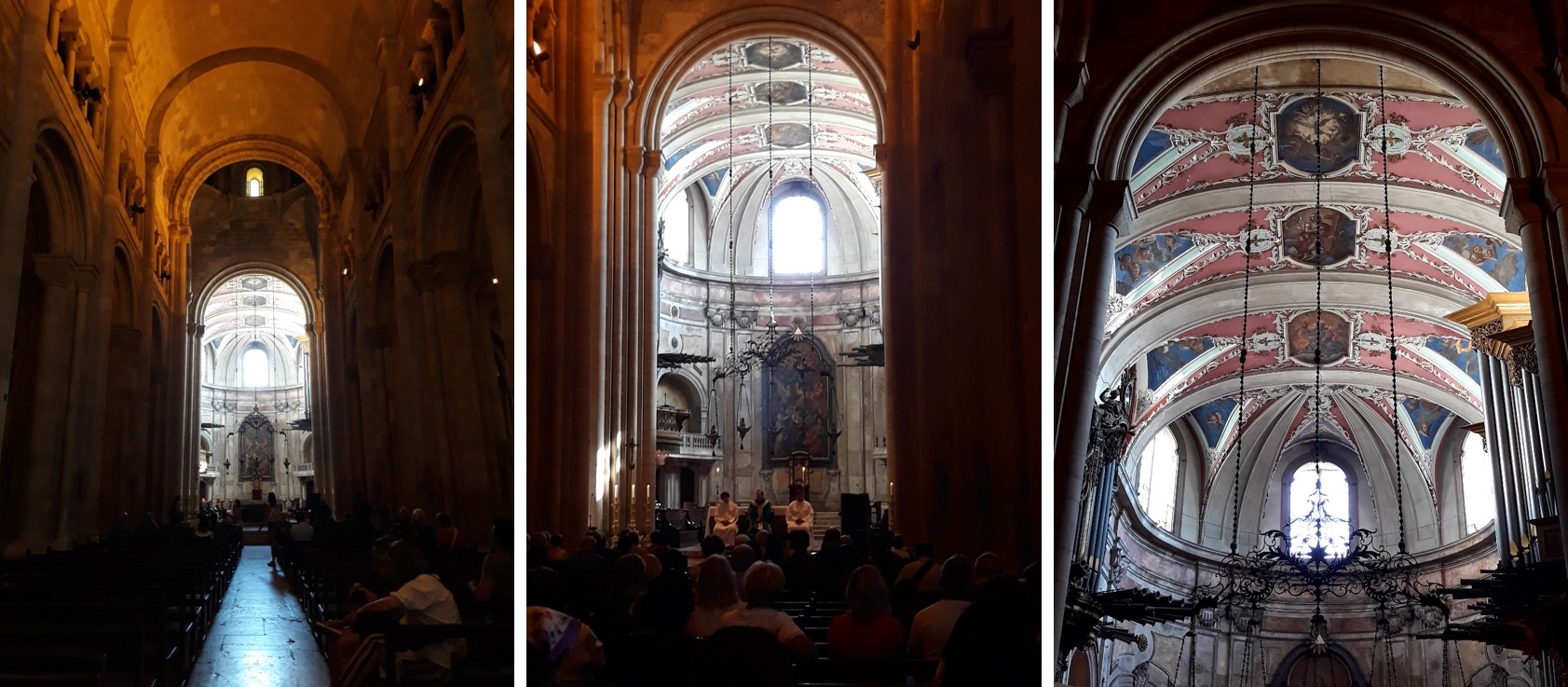 Around the year 1150, the self-proclaimed King of Portugal, Alfonso Henriques and the chosen bishop after the reconquest, Gilbert de Hastings, decided to build the church in the place where the mosque of the Muslims was located. Its predominant style is Romanesque.
Around the year 1150, the self-proclaimed King of Portugal, Alfonso Henriques and the chosen bishop after the reconquest, Gilbert de Hastings, decided to build the church in the place where the mosque of the Muslims was located. Its predominant style is Romanesque.
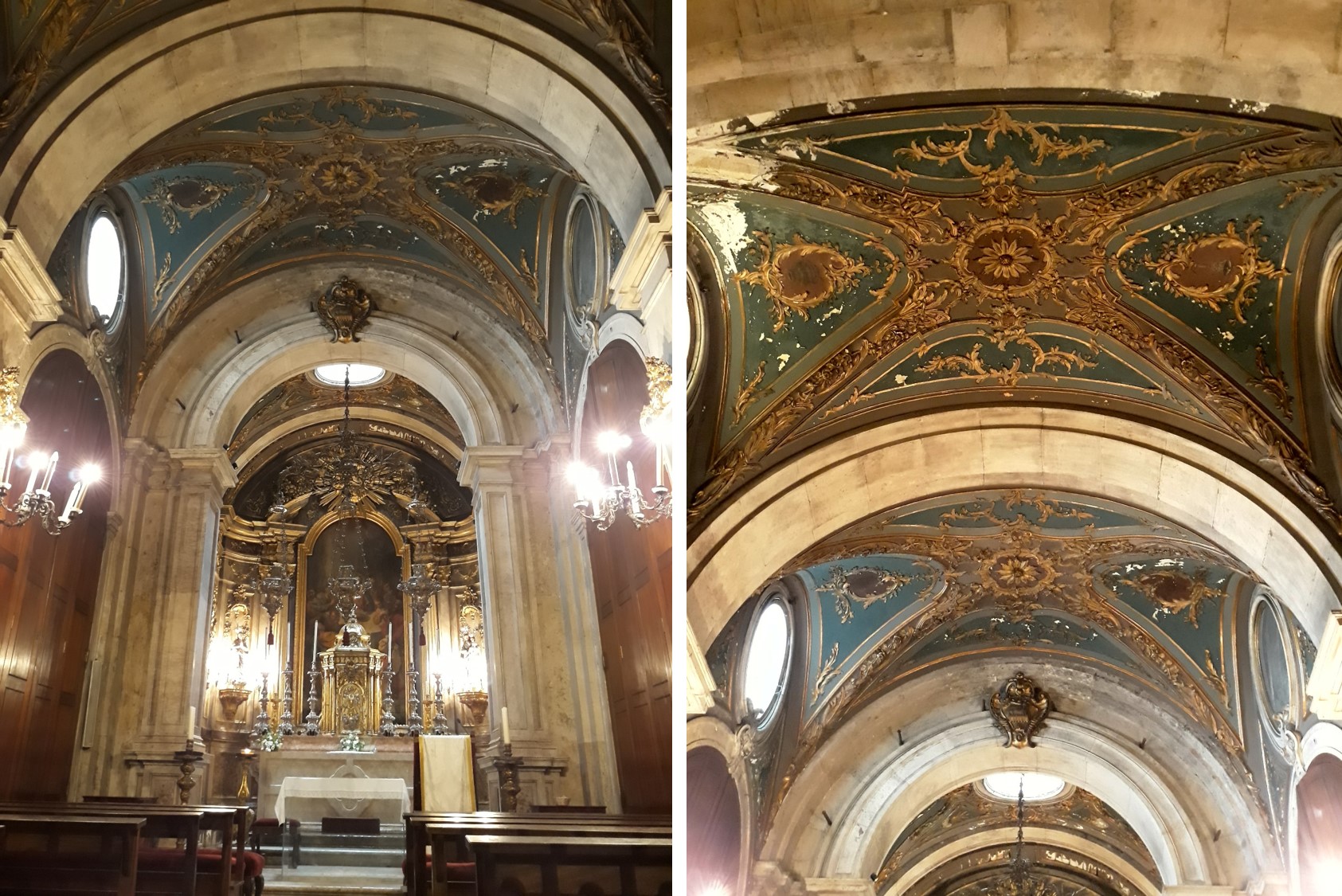
It is in 1393 that the church took on its function as a cathedral.
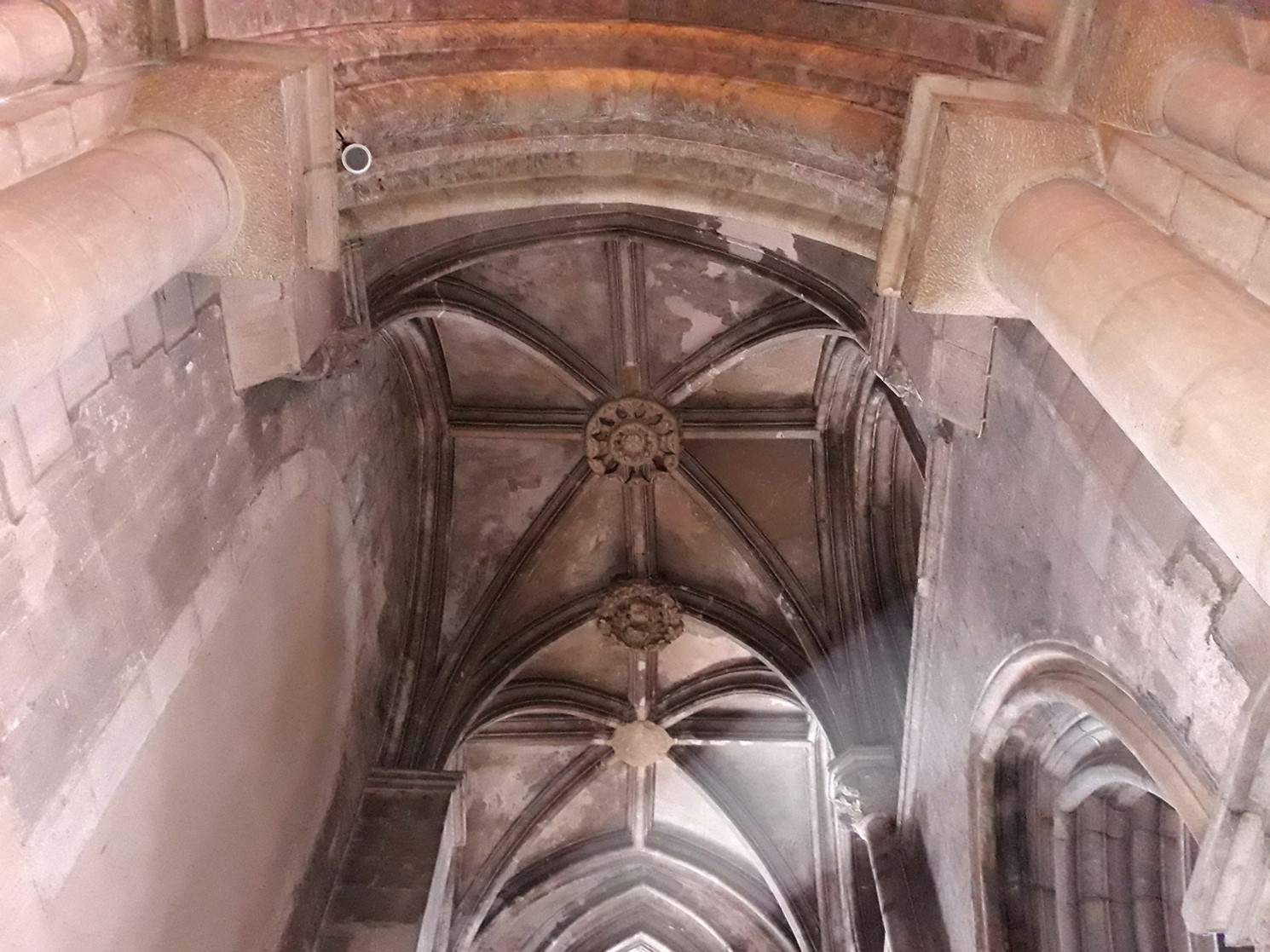
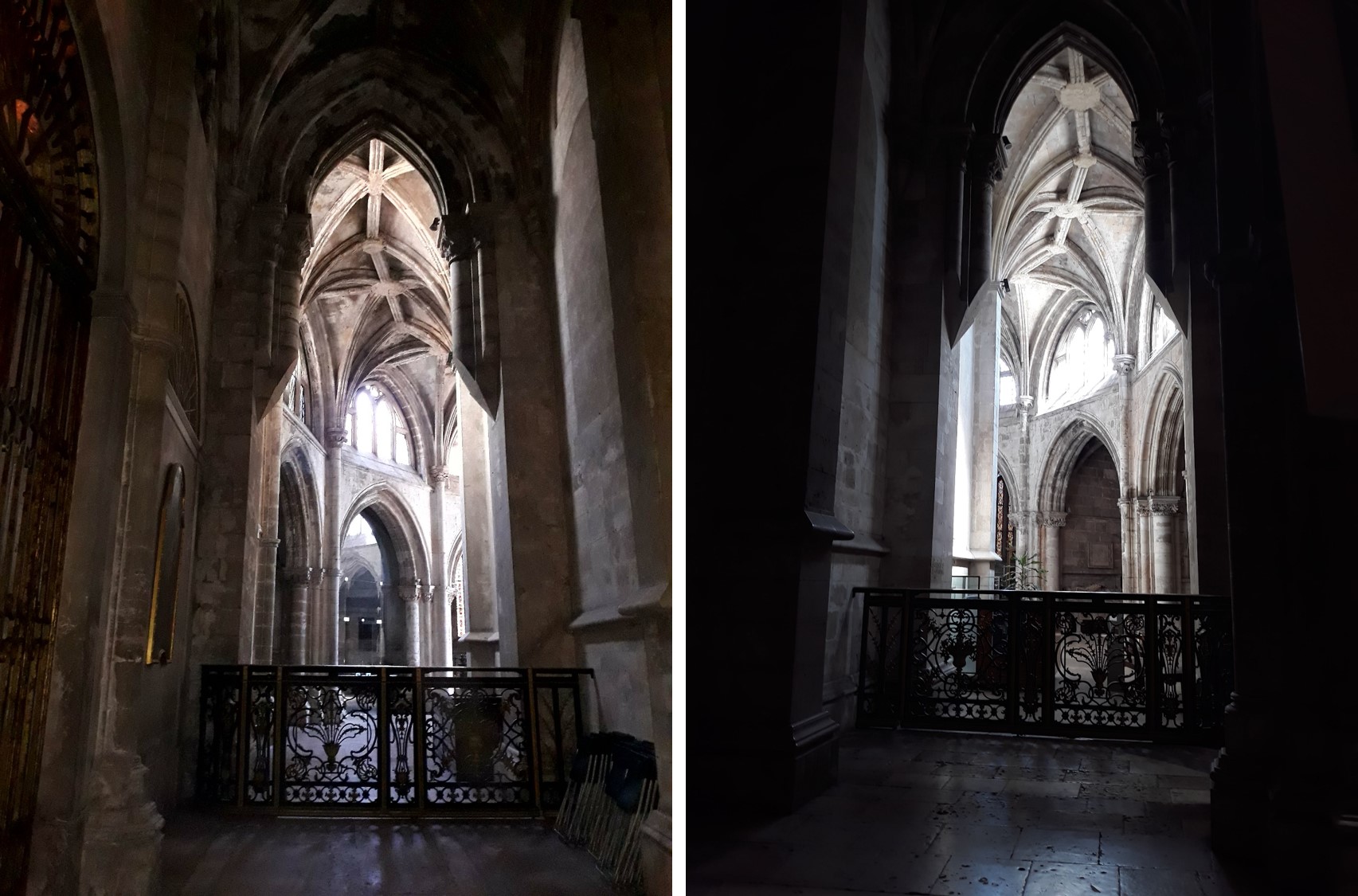
As we have found in many structures, especially in churches, this building has been modified and rebuilt several times, for various reasons, one of them is the damage caused by the several earthquakes that have affected the city. Therefore, the various styles that we find in this church are the result of these reconstructions.
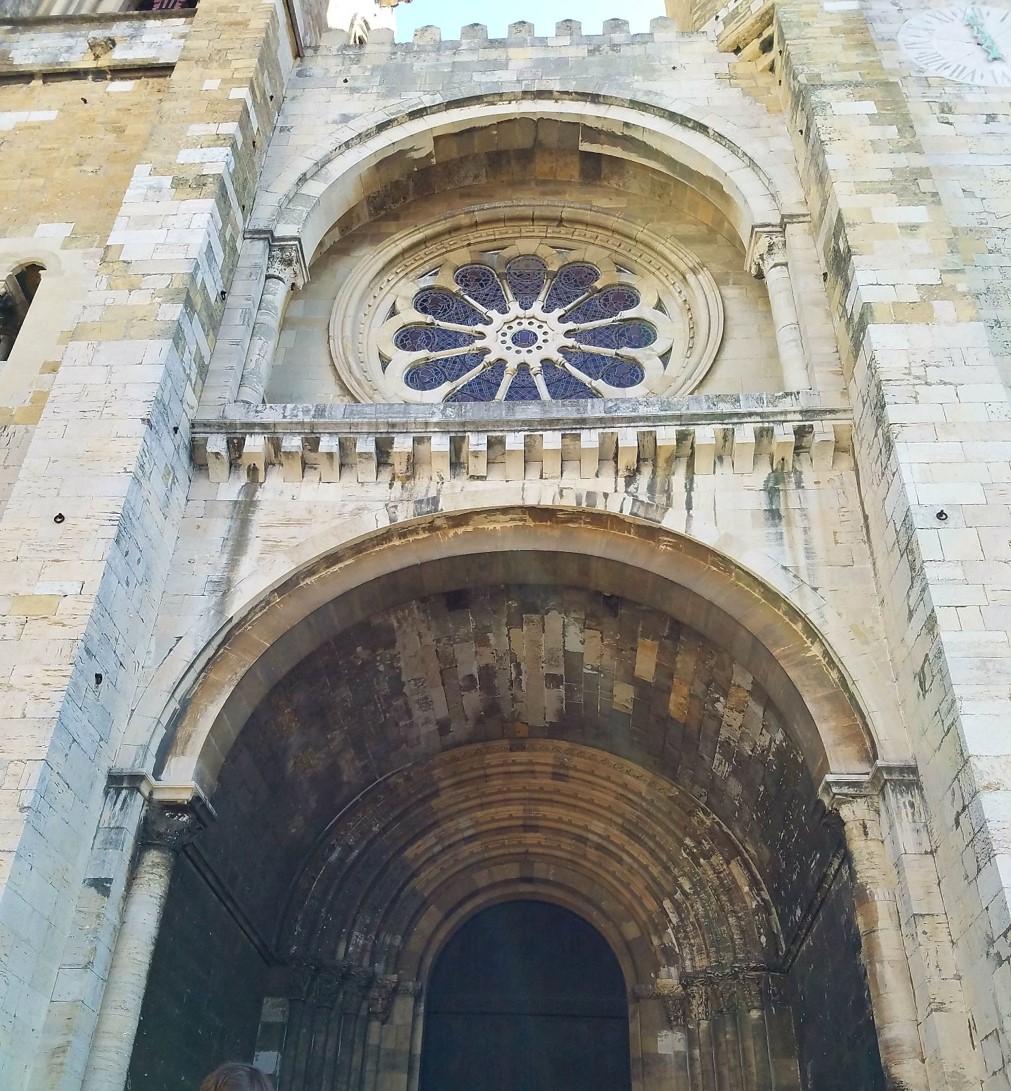
The Romanesque façade with two towers flanking the large rose window looks more like a medieval fortress, while the Gothic style predominates inside. The rose window was reconstructed in the 20th century.
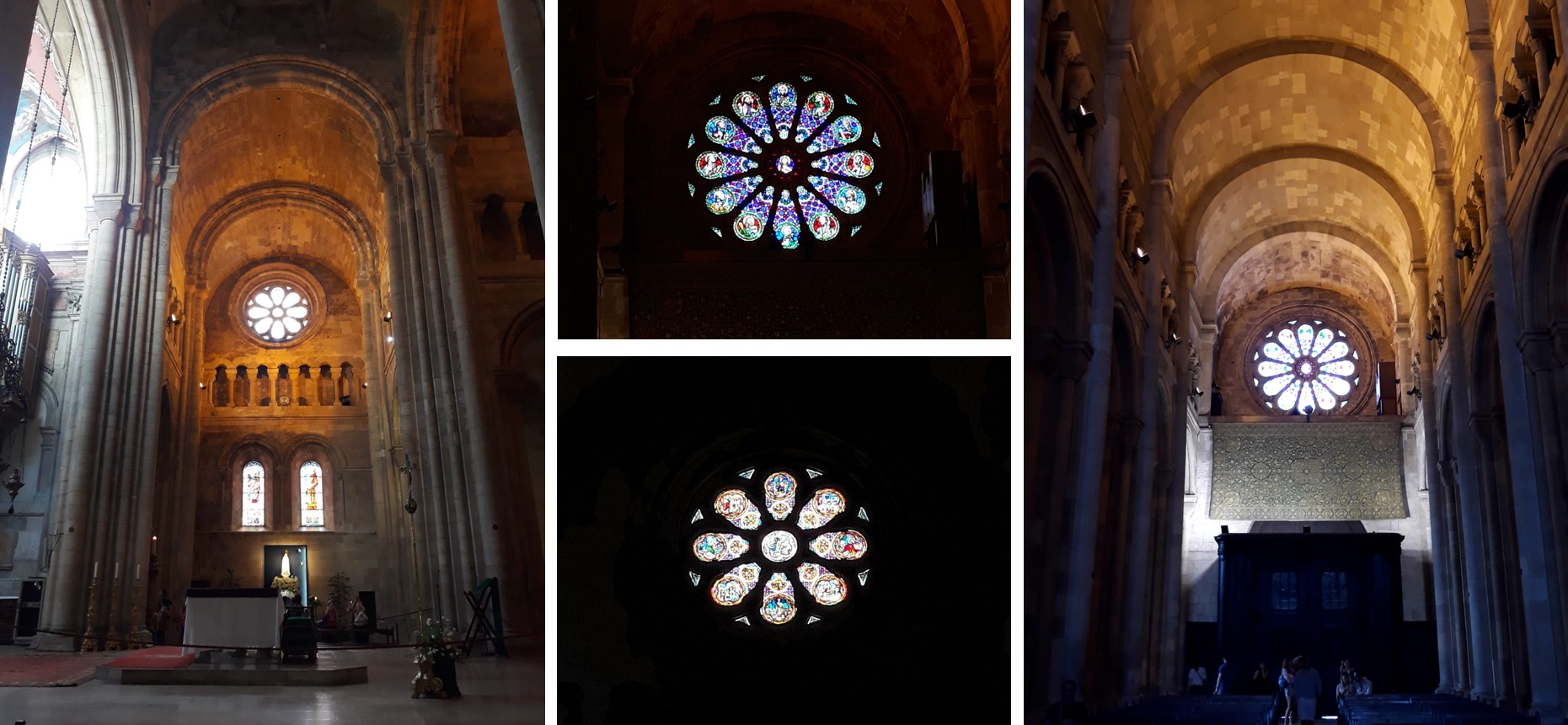
In the back, there was a garden that was later converted in the 14th century into a cloister, with a style very similar to that of the Jerónimos Monastery (in the Belem sector of Lisbon), but on a smaller scale. Here there were excavations in which Roman and Visigoth remains were found, as well as parts of the walls of the old mosque on which this cathedral was built.
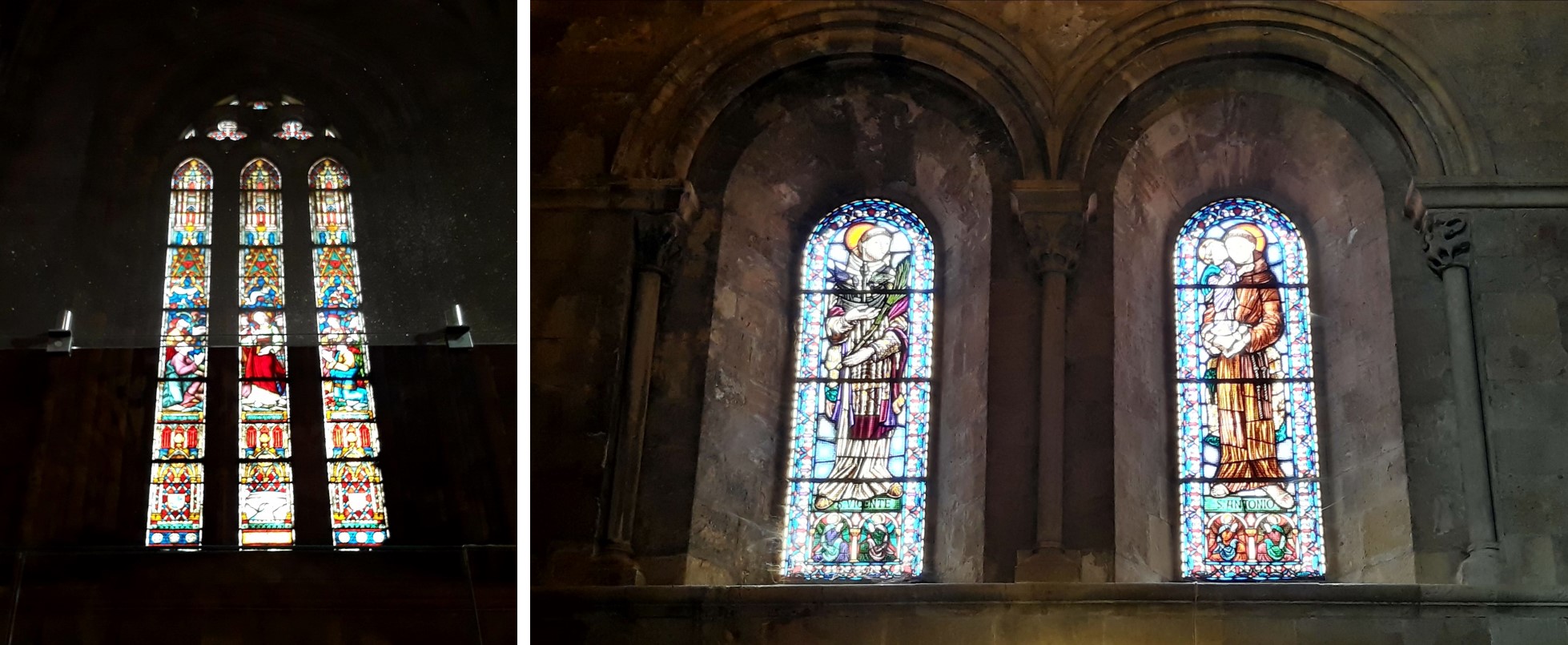
Inside the Cathedral we can find many treasures, as well as housing the tombs of King Alfonso IV and his wife Beatriz; Lopo Fernandes Pacheco with his wife and the coffin of San Vicente.
